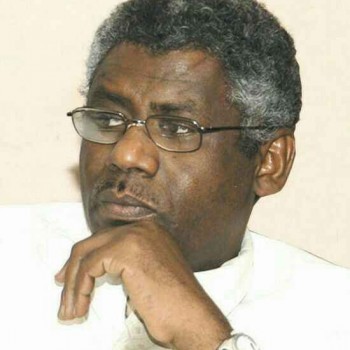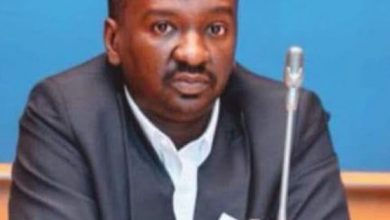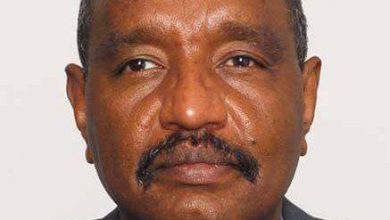Charter Forces….The Way Ahead (2-3)

By: Adil El-Baz
As I see
1
Yesterday, at the end of the first episode of this article, I explained the view of the Charter forces regarding the legal and constitutional situation and said that it goes through (3) stages.
The first stage depends on the 2019 Constitutional Document, on the basis of which governance mechanisms were formed (Council of Ministers, Legislative Council |(Parliament) and the rest of the state institutions).
The second stage, which begins after the Sudanese-Sudanese Dialogue Conference, is governed by a constitution agreed upon by the conference participants, which is the basis on which the constituent transitional period will be governed.
The final stage comes after the Constitutional Conference held by the transitional government, which drafts the permanent constitution for the country and approves it through a referendum.
2
How are state institutions established during the constituent transitional period, according to the vision of the Charter? Let us start with the Sovereign Council. What is the body that appoints the Sovereign Council at this stage?
No one knows!! The charter signed by the political forces was silent on this point…why?..There is something incomprehensible, as the charter should have specified as long as it specified that there is a Sovereign Council consisting of military and civilians, which should have determined the entity that would appoint it.!!
For example, the charter could have adopted the idea of the armed forces at this stage forming it, or entrusting its formation and selection of its members to the Sudanese-Sudanese Dialogue Conference, especially since the document entrusted the appointment of all other institutions for that conference. Leaving this Council suspended like this, which is a symbol of sovereignty, without knowing who has the right to appoint it, is something that is flawed in the Charter… as it is astonishing and exiting .
3
The composition of the Council of Ministers is clear and based on specific steps, as the Sudanese Sudanese Conference shall present three personalities to the Sovereign Council from which it chooses one personality as Prime Minister, who must choose the rest of the ministers based on competence without party quotas, meaning that competencies can be partisan, but there is no party quotas. There are no seats designated for parties. The Charter went beyond independent competencies. It seems that this happened due to the complexities of the situation of the armed movements and the signatories of the Juba Agreement.
4
Regarding the Legislative Council (Parliament), the Charter stipulated that its membership should be 300 members and include political and civil forces, native administration, women, youth, Christian and Islamic clergy, and peace parties. Here, the Sudanese Sudanese Dialogue Conference selects a committee of fifteen members from the forces participating in the conference to nominate members of the Transitional Legislative Council (Parliament).
The question that needs to be answered is: What are the selection criteria? Are they based on the weights of the parties participating in the conference? And how are those weights determined? The people of the Charter need creative solutions to the many complexities facing the process of national consensus. For example, the constitutional document that was relied upon in the first stage is not legally valid for political use at this stage because it specified two parties who have the right to form these institutions, and they were at the time the civil component represented by freedom and change and the military component. Now the civil component is absent from the scene, so it cannot be relied upon. According to the provisions of a document in which one of the parties was absent, this is not a historical programming that has nothing to do with law or politics. It will create complex situations, as the Council of Ministers cannot exercise its constitutional and legal powers and authorities under the existing constitutional situation (the Constitutional Document) according to the Charter. We have a precedent in our modern history, as the 1956 Constitution was restored after it was amended to govern the transitional period after the April 1985 uprising.
To solve all the problems related to the constitutional document and the methods of forming state institutions, I propose that the Sudanese-Sudanese Dialogue Conference directly adopt the 2005 constitution after making the necessary amendments to it, especially since it is a constitution unanimously agreed upon by the Sudanese, in order to turn the page on the worst unconstitutional document known in the modern history of Sudan.
By adopting this constitution, all problems related to how the state institutions are formed, including the prosecution, the judiciary, and the legislative council, will be resolved. In other words, the state institutions can be restored with their same constitutional structure temporarily until the constitutional conference is held, which is undertaken by the government chosen by the prime minister who was appointed by the Sudanese-Sudanese Dialogue Conference.
To be continued



